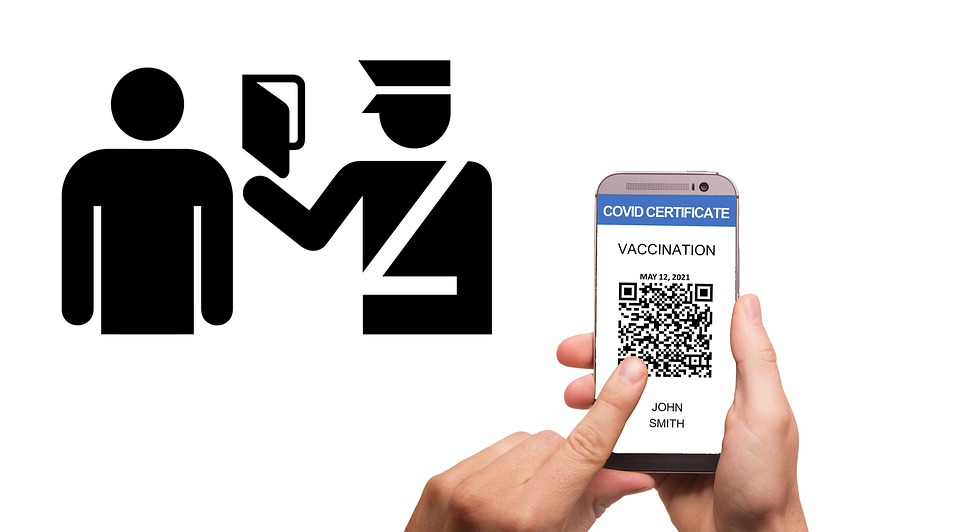In today’s fast-paced digital landscape, the importance of effective communication between developers and stakeholders has never been more critical. Rapid Application Development (RAD) emerges as an innovative approach that not only streamlines the development process but also fosters collaboration between technical teams and business representatives. In this blog, we will explore how RAD enhances communication and examine the burgeoning world of low-code and no-code platforms, highlighting their profound impact on speeding up development cycles and enabling non-developers to build functional web applications.
Understanding RAD
RAD is a software development approach that prioritizes user feedback and iterative development over rigid planning and slow, sequential processes. At its core, RAD values high levels of stakeholder involvement, allowing developers to rapidly prototype and iterate based on real-time feedback. This dynamic interaction leads to a fuller understanding of project requirements and ensures that the final product aligns more closely with business objectives and user needs.
Why Communication Matters
Historically, a significant gap existed between development teams and stakeholders, often resulting in misunderstandings, misaligned goals, and ultimately, product failures. RAD bridges this gap by encouraging regular communication through techniques such as:
-
Prototyping: By developing iterative prototypes, stakeholders can visualize the product early in the development process. This fosters seamless dialogue and reduces the chances of significant changes later on.
-
Feedback Loops: Frequent feedback sessions help developers refine their work based on the insights and preferences of stakeholders, ensuring alignment and increasing satisfaction.
- Flexible Development: RAD’s adaptability makes it easier to modify features and design elements based on ongoing discussions, minimizing the risk of costly errors.
The Rise of Low-Code/No-Code Platforms
In conjunction with RAD principles, the emergence of low-code and no-code platforms has transformed how applications are built, democratizing the process and bringing it to a wider audience. These platforms, such as Bubble and Webflow, provide users with intuitive interfaces to create functional web applications without needing extensive coding knowledge.
Speeding Up Development
The significance of low-code/no-code platforms in speeding up development cannot be overstated. Traditional software development can be time-consuming and requires highly skilled developers. In contrast, low-code/no-code solutions empower users to rapidly build applications through:
- Drag-and-Drop Interfaces: Users can design applications visually, making it accessible for non-technical stakeholders to create prototypes and wireframes quickly.
- Pre-built Templates and Components: These platforms come with libraries of reusable components that can be easily integrated, thus accelerating the development timeline significantly.
- Integration Capabilities: Low-code/no-code platforms often facilitate easy integration with existing tools and services, allowing developers to focus on the unique aspects of the project rather than reinventing the wheel.
Enabling Non-Developers
The impact of low-code and no-code tools goes beyond just speed; they also empower non-developers to take an active role in the development process. This shift transforms stakeholders from passive participants to active contributors:
- Empowerment and Ownership: Stakeholders can prototype ideas and test functionality without relying entirely on developers, leading to greater investment in the project’s success.
- Encouraging Innovation: With the ability to quickly iterate on ideas, non-developers can experiment with different functionalities and design elements, fostering a culture of innovation.
Examples in Action
To illustrate the impact of these advancements, consider an HR department using a low-code platform like Webflow to build an employee onboarding portal. Instead of waiting weeks or even months for a developer to complete the project, HR can quickly create a user-friendly portal, customize forms for new hires, and integrate necessary APIs— all within days.
Similarly, product managers using Bubble can prototype customer feedback applications to gather insights directly from users. The ability to create and iterate without heavy coding resolves miscommunication efficiently, ensuring the development team is aligned with business priorities.
Conclusion
As the software landscape continues to evolve, bridging the gap between developers and stakeholders is paramount for success. Rapid Application Development (RAD) combined with the rise of low-code and no-code platforms provides a powerful framework for improving communication, accelerating development, and empowering all stakeholders involved.
By embracing these approaches, organizations can better meet user needs, foster innovation, and drive meaningful outcomes—ultimately creating a more collaborative and responsive digital development ecosystem. As we look to the future, the integration of RAD principles and low-code/no-code platforms will undoubtedly play a pivotal role in how software is developed and delivered.



